 White Lightning
White Lightning
Entry Type: Thing
 White Lightning
White Lightning
 White Lightning Car
White Lightning Car
White Nose Syndrome
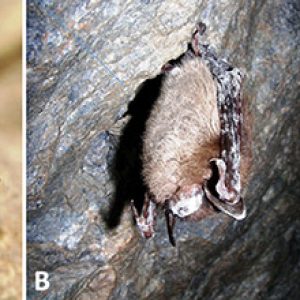 White Nose Syndrome
White Nose Syndrome
 White Population Map
White Population Map
White River
 White River Bridge
White River Bridge
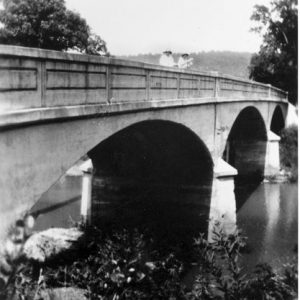 White River Bridge at Elkins
White River Bridge at Elkins
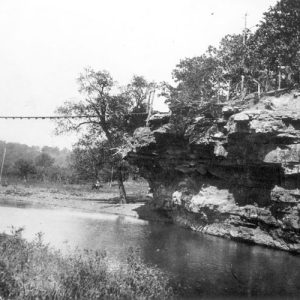 White River Bridge at West Fork
White River Bridge at West Fork
 White River Dredge
White River Dredge
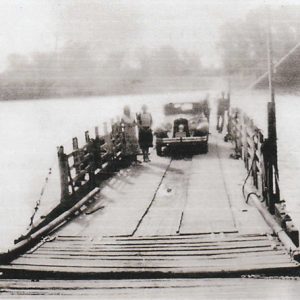 White River Ferry
White River Ferry
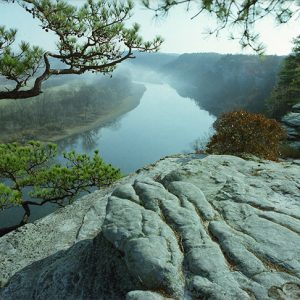 White River in Stone County
White River in Stone County
White River Kid, The
White River Monster
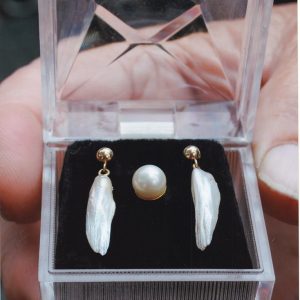 White River Pearls
White River Pearls
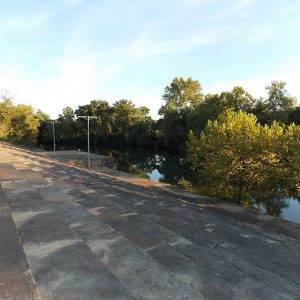 White River Stadium
White River Stadium
White Water Tavern
White-Baucum House
 White-tailed Deer, Official State Mammal
White-tailed Deer, Official State Mammal
 Frank White's Gubernatorial Candidate Form
Frank White's Gubernatorial Candidate Form
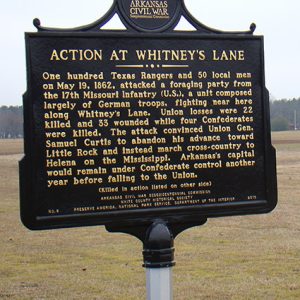 Whitney's Lane Marker
Whitney's Lane Marker
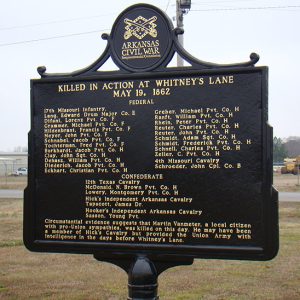 Whitney's Lane Marker
Whitney's Lane Marker
Whittling
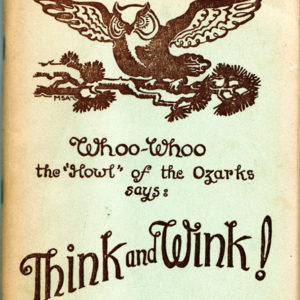 Whoo-Whoo the "Howl" of the Ozarks Says: Think and Wink!
Whoo-Whoo the "Howl" of the Ozarks Says: Think and Wink!
 Why Should I Walk When I Have Wings to Fly? by Les Christensen
Why Should I Walk When I Have Wings to Fly? by Les Christensen
Widow’s Web
Wiederkehr Wine Cellars, Inc.
 Wilburn Brothers' "Trouble's Back in Town"
Wilburn Brothers' "Trouble's Back in Town"
Wild Child
 Wild Turkey
Wild Turkey
Wildflowers
Wildlife Management Areas
Wilhite Cemetery
aka: Sims Cemetery
Wilkerson v. State
William H. Grey Gravesite
 William Hogarth Engraves a Line of Beauty
William Hogarth Engraves a Line of Beauty
 William J. Clinton Presidential Center and Park Dedication Ticket
William J. Clinton Presidential Center and Park Dedication Ticket
William L. Terry House
William Woodruff House
 Williams Park
Williams Park
Williamson Hall (Arkansas Tech University)
 Ellis and Charlotte Williamson House
Ellis and Charlotte Williamson House
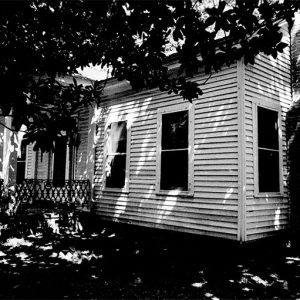 Ellis and Charlotte Williamson House
Ellis and Charlotte Williamson House
Williford Methodist Church
Willow Flycatchers
aka: Empidonax traillii
 Willow Flycatcher
Willow Flycatcher
Wilmington [Steamboat]
Wilson Hall (Arkansas Tech University)
Wilson History and Research Center
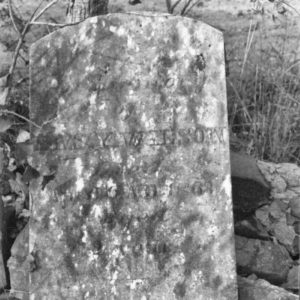 Emzy Wilson Grave
Emzy Wilson Grave




